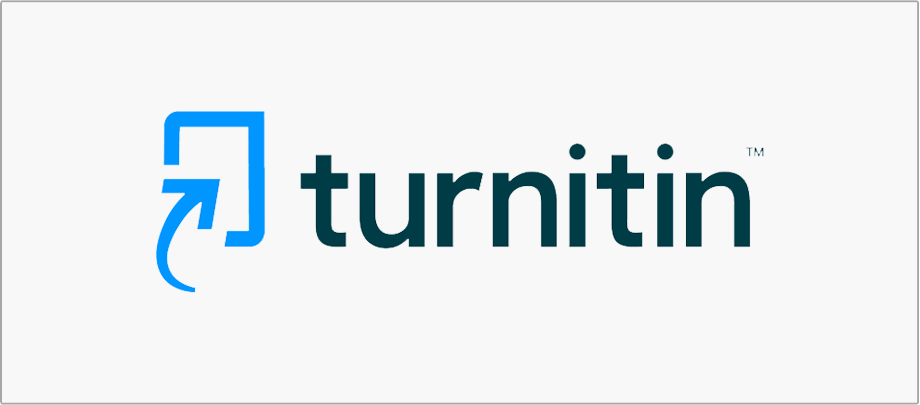Expressive Speech Acts on The Poem “Salamun ‘Alaikum Wa ‘Alainassalam” by Anis Syausyan (Pragmatic Study)
Abstract
Abstract: Speech acts are part of a pragmatic analysis that examines language from the aspect of actual use. The text in this poem has a communication process and contains utterances that refer to speech acts. This study discusses the analysis of expressive speech acts in the text of the Assalam poem in terms of the types and functions of expressive speech acts in the text of the poem. The purpose of this research is to describe the expressive speech acts of Anis Syausyan in Assalam. This research uses a qualitative description research method. Collecting data in this study using observation techniques and note-taking techniques. The research data is in the form of fragments of Anis Syausyan's speech in the form of expressive speech acts. The source of the research data is the entire utterance contained in the Assalam poem. From this research it is hoped that expressive speech acts in poetry can be identified. The findings are explained as follows, the types of expressive speech acts contained in the poem "Assalam" consist of the first; speech act of criticizing, second; speech act of complaining, third; speech acts of praise, fourth; speech act of blaming, fifth; insulting speech act
Keywords
Full Text:
PDFReferences
Arini, Arini Kurniawaiti. “TINDAK TUTUR ILOKUSI PADA LIRIK LAGU AGNI KARYA GRUP MUSIK TASHOORA.” Metabahasa: Jurnal Pendidikan Bahasa Dan Sastra Indonesia 4, no. 2 (2021).
A’yuni, Nia Binti Qurota, and Parji Parji. “Tindak Tutur Ilokusi Novel Surga Yang Tidak Dirindukan Karya Asma Nadia (Kajian Pragmatik).” Linguista: Jurnal Ilmiah Bahasa, Sastra, Dan Pembelajarannya 1, no. 1 (2017): 6–11.
Bawamenewi, Arozatulo. “Analisis Tindak Tutur Bahasa Nias Sebuah Kajian Pragmatik.” Jurnal Review Pendidikan Dan Pengajaran (JRPP) 3, no. 2 (2020): 200–208.
Bungin, Burhan. Penelitian Kualitatif: Komunikasi, Ekonomi, Kebijakan Publik, Dan Ilmu Sosial Lainnya. Vol. 2. Kencana, 2007.
FITRIAN, HADI BAGUS. “ANALISIS BAHASA HUMOR DALAM ACARA ℡EVISI INI TALK SHOW DI NET. TV.” PhD Thesis, University of Muhammadiyah Malang, 2018.
Frandika, Edo, and Idawati Idawati. “Tindak Tutur Ilokusi Dalam Film Pendek ‘Tilik (2018).’” Pena Literasi 3, no. 2 (2020): 61–69.
Handayani, Nur Vita. “The Use of Expressive Speech Acts in Hannah Montana Session 1.” Register Journal 8, no. 1 (2015): 99–112.
Herliana, Monika, and M. Suryadi. “Tindak Tutur Ilokusi Pengajar Pada Proses Pembelajaran Bahasa Mandarin.” Jurnal Lingua Idea 10, no. 2 (2019): 89–105.
Irma, Cintya Nurika. “Tindak Tutur Dan Fungsi Tuturan Ekspresif Dalam Acara Rumah Perubahan Rhenald Kasali.” SAP (Susunan Artikel Pendidikan) 1, no. 3 (2017).
Karim, Muhdie Amir. “Pemahaman Makna Kedamaian Dan Gaya Bahasa Syair Assalam Karya Anis Chauchane (Analisis Stilistika).” Nady Al-Adab: Jurnal Bahasa Arab 18, no. 1 (2021): 69–83.
Murti, Sri, Nur Nisai Muslihah, and Intan Permata Sari. “Tindak Tutur Ekspresif Dalam Film Kehormatan Di Balik Kerudung Sutradara Tya Subiakto Satrio.” Silampari Bisa: Jurnal Penelitian Pendidikan Bahasa Indonesia, Daerah, Dan Asing 1, no. 1 (2018): 17–32.
Rahmadhani, Farah Fadhila, and Asep Purwo Yudi Utomo. “Analisis Tindak Tutur Ekspresif Dalam Novel Hujan Bulan Juni Karya Sapardi Djoko Damono.” Bahtera Indonesia; Jurnal Penelitian Bahasa Dan Sastra Indonesia 5, no. 2 (2020): 88–96.
Sari, Fenda Dina Puspita. “Tindak Tutur Dan Fungsi Tuturan Ekspresif Dalam Acara Galau Finite Di Metro TV: Suatu Kajian Pragmatik.” Jurnal Skriptorium 1, no. 2 (2012): 1–14.
Syausyan, Anis. “Syair Assalam,” n.d.
Wijana, I. Dewa Putu. Dasar-Dasar Pragmatik. Andi Offset, 1996.
Zamain, Ririn, and Cintya Nurika Irma. “Bentuk Tindak Tutur Ilokusi Dalam Dialog Film Wanoja Karya Rofie al Joe.” Jurnal Bindo Sastra 4, no. 2 (2020): 95–101.
DOI: http://dx.doi.org/10.22373/adabiya.v25i1.16966
Refbacks
- There are currently no refbacks.
All papers published in Jurnal Adabiya are licensed under a Creative Commons Attribution-ShareAlike 4.0 International License. |

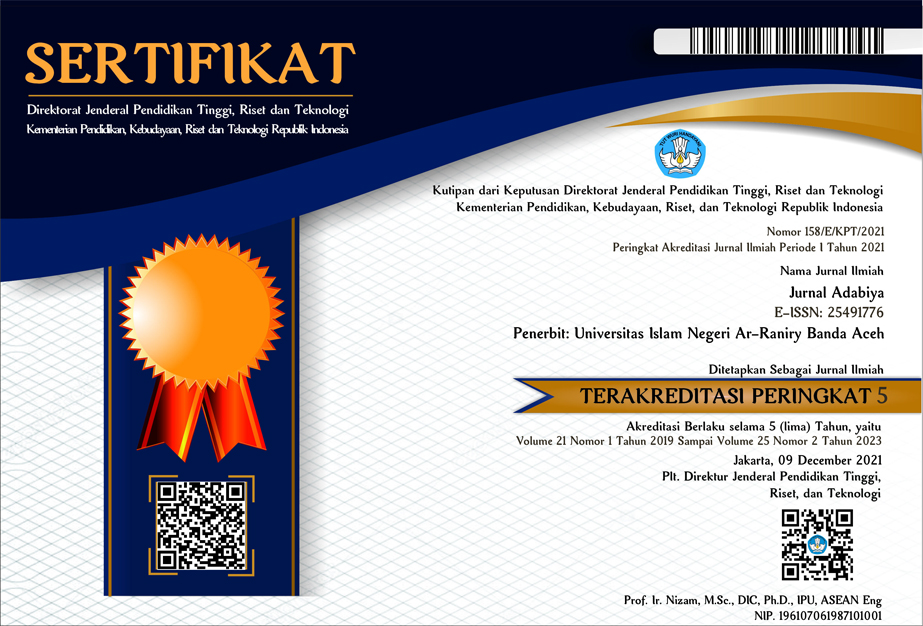


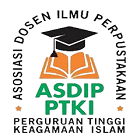

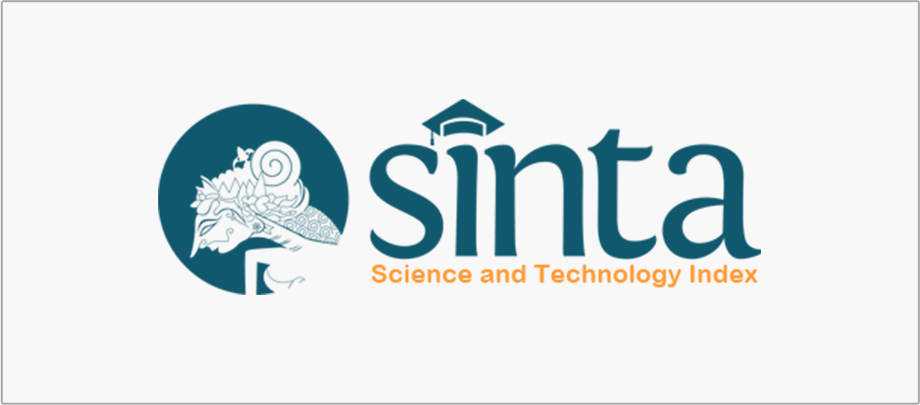


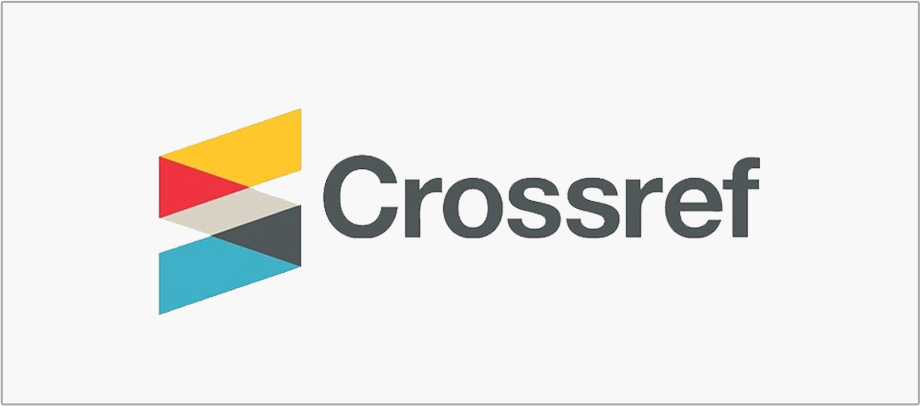





_(4)1.png)

